The mysterious explosions that rocked a thin strip of land in the small ex-Soviet nation of Moldova this week are fueling concerns that the war in Ukraine could spill over its borders and into Europe.
The instability in the Russian-speaking enclave of Transnistria has also raised questions over whether Russia will attempt to send troops stationed there on a fresh incursion into Ukraine as it refocuses on gaining full control over the country’s eastern Donbas region. Could the Kremlin even create a pretext to try to exert more control over the disputed territory on NATO’s southern flank?
NBC News looks at what happened in Transnistria and whether it could become a new flashpoint in Russia’s invasion.
What is Transnistria?
The breakaway region is a long and narrow sliver of land that extends between the eastern bank of the Dniester River in Moldova and the southwestern border of Ukraine.
It declared independence from then-Soviet Moldova in 1990. After the breakup of the Soviet Union in 1991, pro-Russian separatists in the region fought with Moldovan government forces.
As part of a 1992 cease-fire agreement, a permanent contingent of Russian troops stayed in Transnistria as peacekeepers and to guard ammunition depots.
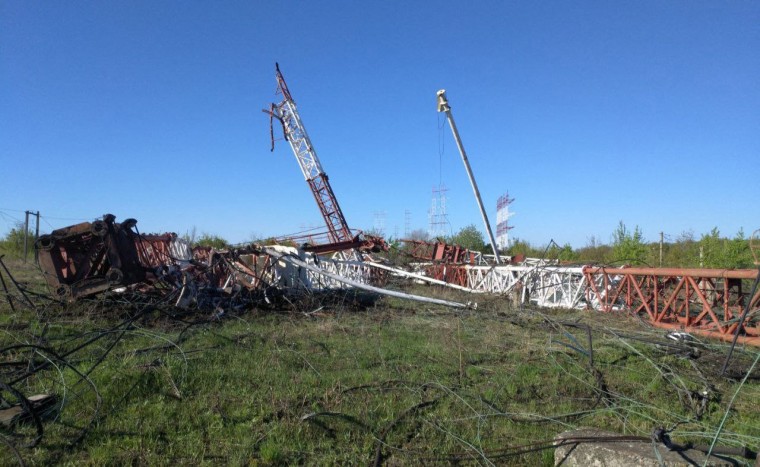
While accounts vary, the peacekeeping force now numbers around 1,000–1,500 troops, according to Emily Ferris with the Royal United Services Institute, a London-based think tank. Few of the soldiers are Russian, with most being local men who have been given Russian passports, according to Ferris.
The region is not internationally recognized as a separate state — including by Russia — and is formally considered part of Moldova. Still, the enclave has its own currency and army, and functions like a separate state governed by a Moscow-aligned government. Its flag still bears the Soviet hammer and sickle.
It has a population of 470,000, with its capital in Tiraspol. Most people in the region speak Russian, although residents identify themselves as ethnically Russian, Moldovan and Ukrainian.
The area has remained generally peaceful for the last 30 years, becoming one of several “frozen conflicts” in the former Soviet region.
What happened there this week, and why is it important?
On Monday, explosions rocked the headquarters of Transnistria’s state security ministry in Tiraspol. These were followed by more blasts on Tuesday at a broadcasting facility when two radio masts near the border with Ukraine were knocked out of service. The region’s authorities also reported an attack on a military unit, but did not say when it took place. On Wednesday, they said shots were fired toward a village that houses a large ammunition depot.
No casualties were reported and no one has claimed responsibility for the incidents, but local authorities labelled them “terrorism attacks” and heightened the region’s security alert level. The region’s president, Vadim Krasnoselsky, suggested without evidence that Ukraine could be behind the attacks. Russia said it was “concerned” by the developments.
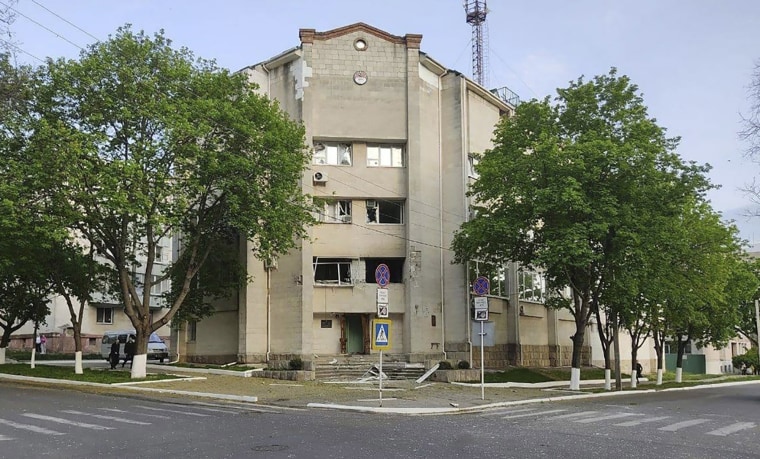
Kyiv fears the Russia-aligned breakaway region right next door could be used as a launchpad for new attacks on Ukraine.
Ukrainian President Volodymyr Zelenskyy has blamed Russia for trying to destabilize the situation in Transnistria, saying the Ukrainian army is ready for a “possible escalation” by Russian troops there.
Moldovan authorities are also on edge, sensitive to any sign of worsening security in Transnistria that could pit it against Moscow.
The country’s authorities were alarmed last week when, speaking of Russia’s new objectives in Ukraine, a top general, Rustam Minnekayev, said: “Control over the south of Ukraine is another way out to Transnistria.”
Moldova is one of Europe’s poorest nations and heavily reliant on Russia for its energy, and has been ruled by Moscow-friendly leaders for years.
“They have almost no military to speak off,” said Jonathan Eyal of the Royal United Services Institute. “There’s almost no ability for them to respond in any way.”
Moldovan President Maia Sandu, a Western-leaning politician who last month signed a formal application for her country to join the European Union, convened an urgent security council meeting in light of the attacks and blamed forces within Transnistria who, she said, were “interested in destabilizing the situation.”
Since then, the E.U. pledged its “unwavering support” for Moldova.
What could happen next?
Even before Russia invaded, some analysts and experts raised concerns that President Vladimir Putin may have his sights set on more than just Ukraine. As the Kremlin seeks to restore its influence over its neighbors, might other former Soviet republics become targets?
A sudden flare-up of tensions in a largely Russian-speaking enclave could present ample opportunity for an incursion into Moldova that would look a lot like the playbook used previously by Putin. Russia has pledged to “protect” ethnic Russian populations in ex-Soviet states and used that promise as a pretext to annex Crimea, back separatists in Ukraine’s east in 2014, and then to invade the country fully in February.
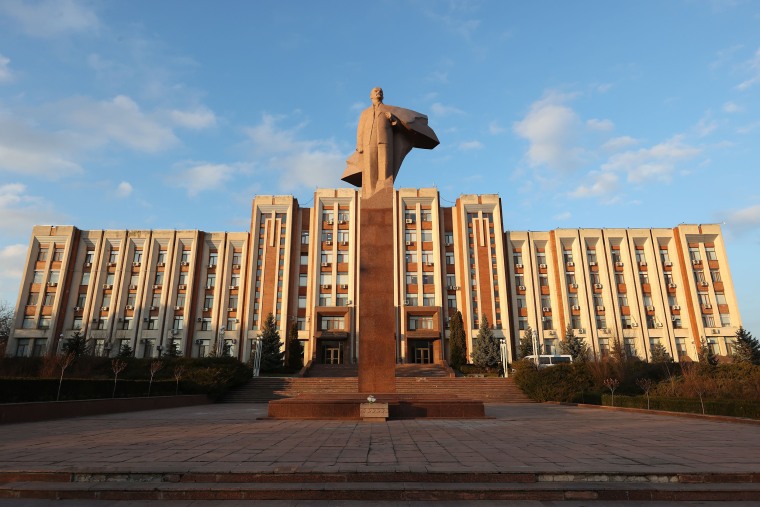
So far, the Kremlin has said it is concerned by the developments in Transnistria, and Russia’s foreign ministry said it hoped that Transnistria will not be drawn into the conflict between Russia and Ukraine, so that Moscow does not have to intervene in resolving the situation, according to the state news agency Ria.
The prospect of Transnistria becoming a new flashpoint should worry Ukrainians, Eyal said.
Ukraine’s strategic port city of Odesa is just 60 miles southeast of the region’s capital, Tiraspol, which has long been considered a key Russian target, even though Putin’s troops have not made significant progress toward capturing it.
But experts say the possibility that Russia could use troops already have stationed in Transnistria for an incursion into Ukraine appears far-fetched, considering that the number of troops is not sufficient to launch any major offensives.
“There are only 1,500 troops in Transnistria, and they are not sending any more, as far as we know, and it wouldn’t particularly make sense if they did,” said Ruth Deyermond, senior lecturer in post-Soviet security at King’s College London.
“So their capacity to attack from Transnistria is extremely limited.”
It could be that the Russians want to distract Kyiv’s forces and pin them down in Ukraine’s southwest by making it look like they might attack from Transnistria, said Phillips O’Brien, professor of strategic studies at the University of St. Andrews in Scotland. “If they attack from Transnistria, that is a really risky proposition to take because they can’t get reinforcements in there. They could just as likely lose those units relatively quickly.”
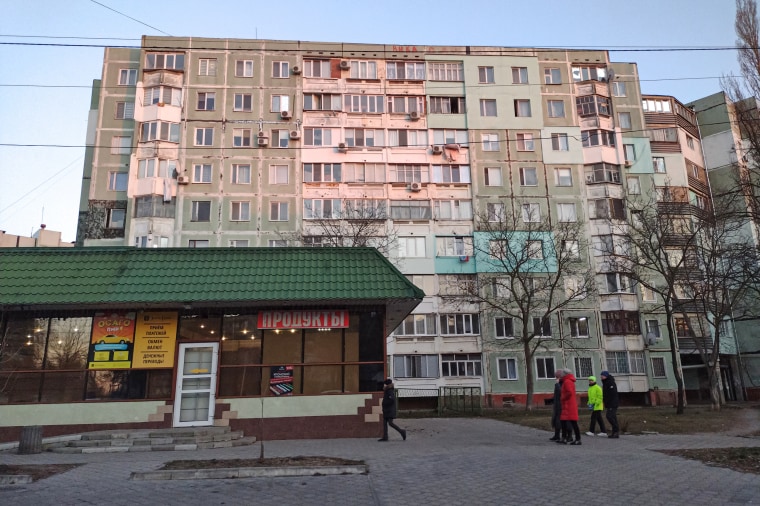
The more likely scenario appears to be that the Kremlin will try to further destabilize the region in the long term, but won’t take any actual military action, at least while it doesn’t have control of Ukraine’s south.
“The view among Western governments is that this is going to go on and on,” Eyal said. “So in that context, keeping those cards of Transnistria and Moldova in your pocket for future use is probably very useful for the Russians.”
What does this mean for the West?
Part of the Kremlin’s overarching strategy appears to be to test as many stress points as possible in the region, said Mathieu Boulegue, a specialist in Eurasian security and defense at Chatham House, a London think tank.
“And Transnistria is definitely a soft spot because of the nature of the breakaway territory, because of the presence of Russian forces, and also because they want to put pressure on Moldova directly as a state that is now positioning itself as entirely pro-Western,” Boulege said.
The destabilization of the security situation in Transnistria is also putting pressure on NATO — particularly Moldova’s culturally and economically close neighbor, Romania, an alliance member since 2004. Many Moldovanians have Romanian passports and the two countries are closely integrated.
“The idea that you could have fighting in Moldova, and Romania will do nothing. It’s just inconceivable,” Eyal said.
If the Russians succeed in undermining the stability of Moldova, Eyal said, they will have gone a long way toward unhinging NATO’s entire southern flank, not just Romania.
“It will mean the return of Russian troops to the borders of NATO throughout — from the Baltic Sea in the north to the Black Sea in the south, because you have Russian troops permanently stationed now in Belarus, so they face Poland and the Baltic states, and now you will have Russian troops if they get into Moldova facing Romania directly,” he said.
“So the entire security landscape from the north to the south of Europe changes radically.”

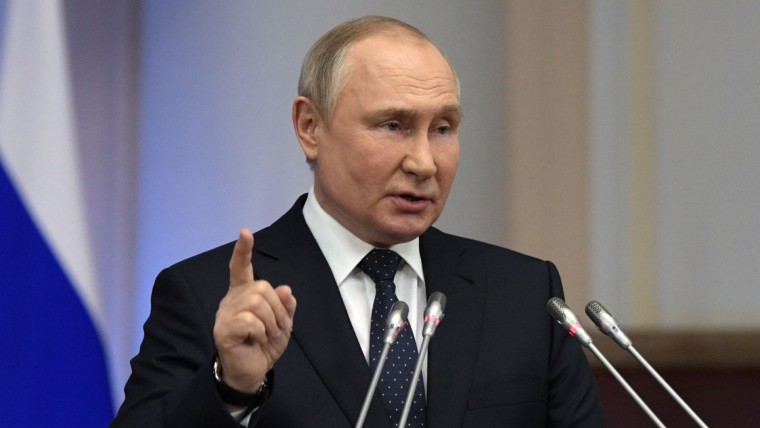

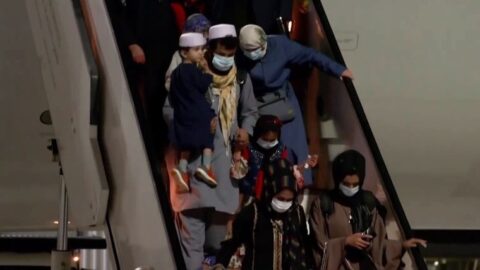
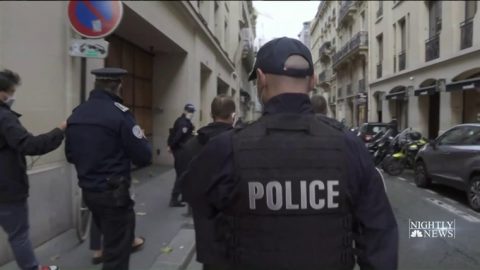


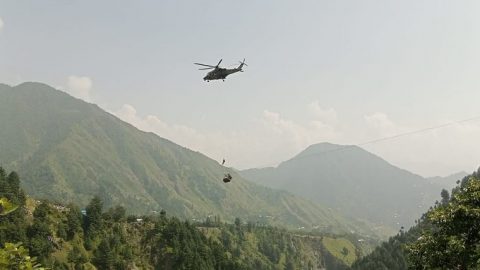
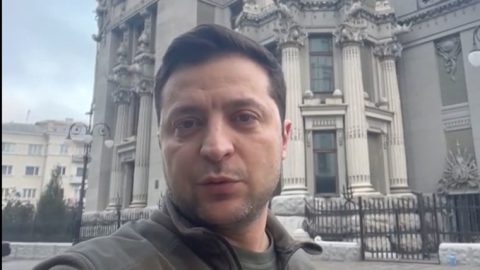
Recent Comments